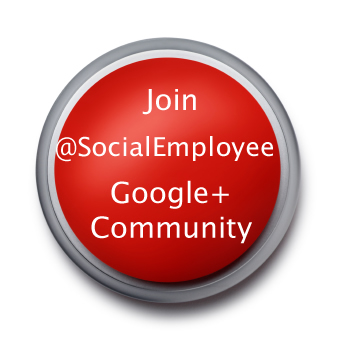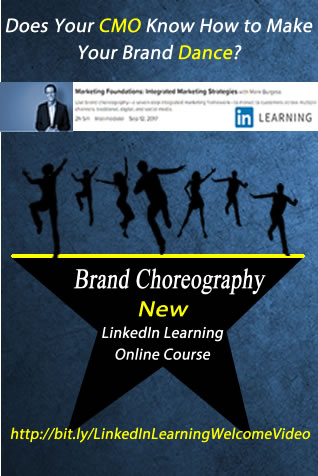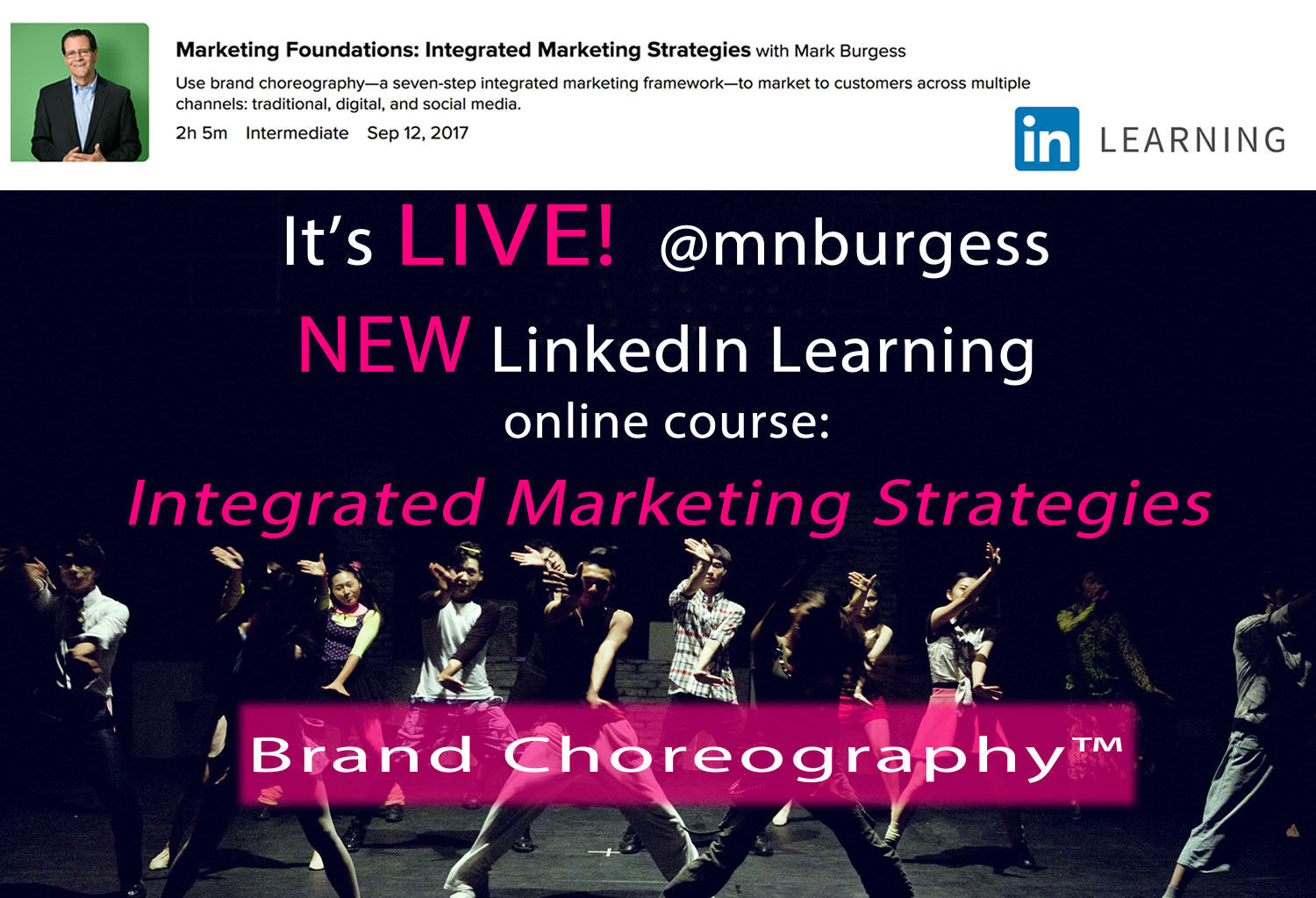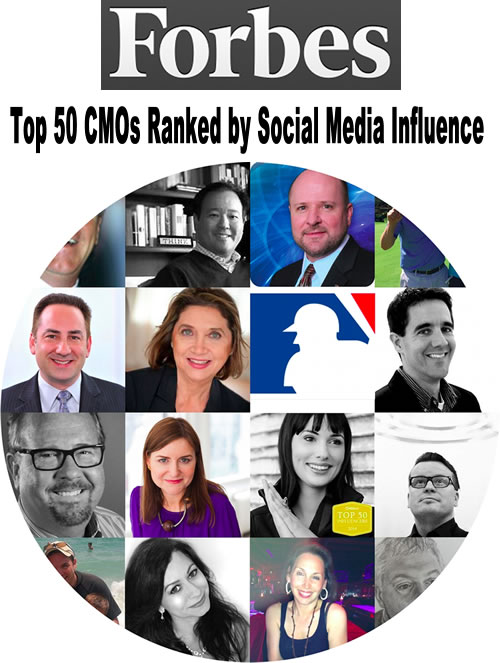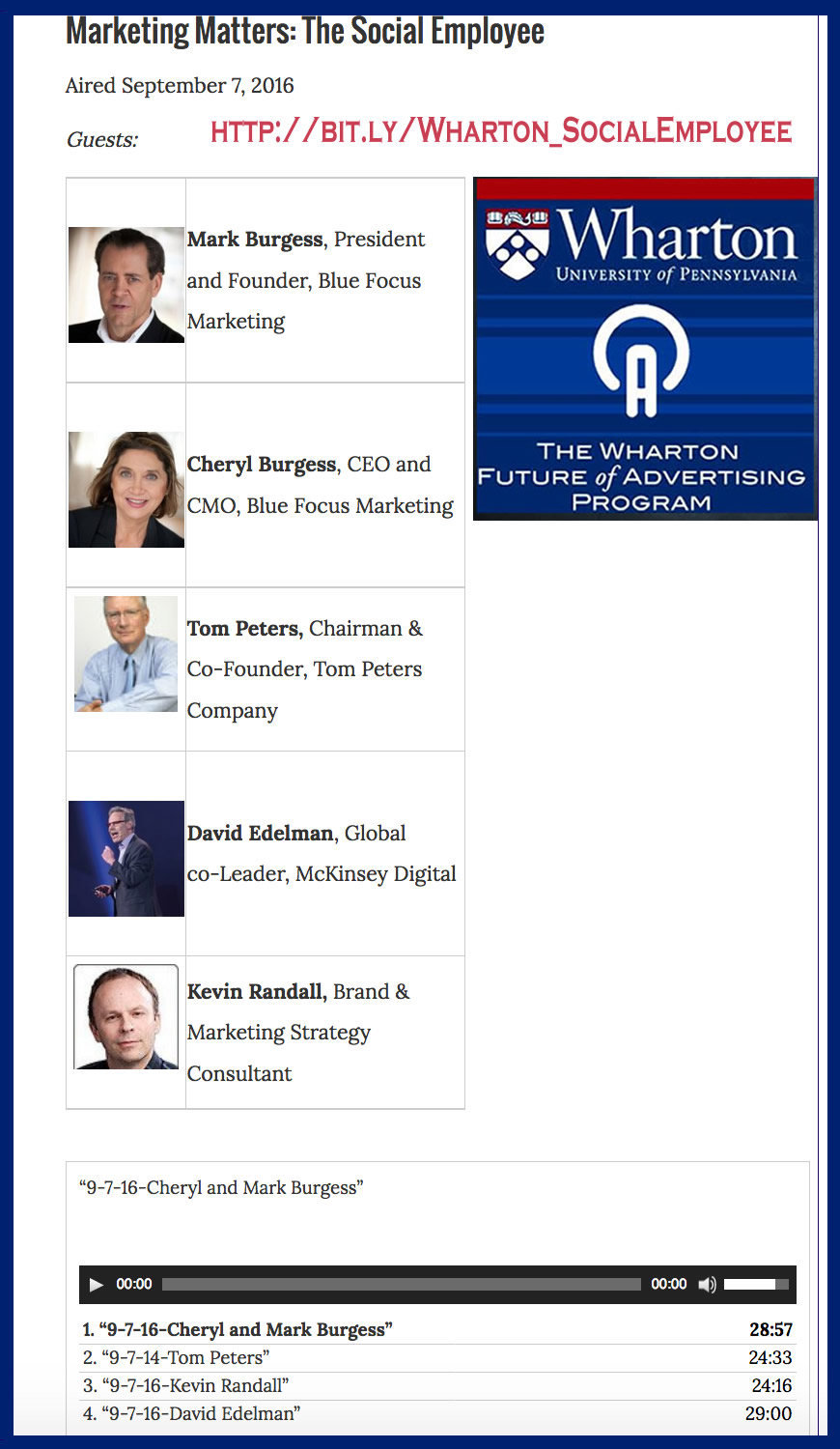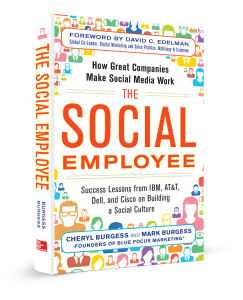


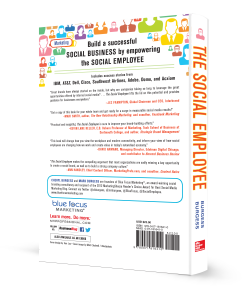
Key Topics
What are the eight leading companies included in The Social Employee doing now to create brand ambassadors? ~ How are they building their brands from the inside out? ~ What are the lessons learned that can impact your business? ~ How do the lessons from The Social Employee apply to executives, employees, startups, business owners and educators?
Topics in The Social Employee include:
- In-depth social business success stories from eight leading brands: IBM, AT&T, Dell, Cisco, Southwest Airlines, Adobe, Domo, and Acxiom
- An examination of the affect social media is having on businesses, executives, and everyday employees
- Key lessons in social business leadership, social media education, content marketing, social branding, and social marketing techniques.
- Cutting-edge analysis of the social business climate from prominent thought leaders such as David C. Edelman, Kevin Randall, Simon Mainwaring, David Aaker, David Armano, John Kennedy, Ben Edwards, Sandy Carter, Scott Davis, Mark Fidelman, Erich Joachimsthaler, Vala Afshar, Ron Ricci, Maria Poveromo, Cory Edwards, Dana Williams, Michael Brenner, Andreas Ramos, Tim Suther, and Dion Hinchcliffe
- Industry-leading best practices for maximizing the benefit of social media through employee training programs, social sharing, and transparent communication
Interview Topics
Building an army of employee brand ambassadors
The past five years have brought dramatic changes to the ways companies do business thanks to popularization of social media. But what do these new tools mean for a brand’s employees, and how can businesses rise to meet the new challenges and opportunities that these new platforms represent?
How are companies using social media tools to boost their bottom line?
When most people hear the term “social media,” platforms like Facebook, Twitter, and LinkedIn usually jump to mind first. But social media has grown to accompany much more than this—offering brands a myriad of tools for streamlining internal communication, collaboration, and project management practices. What do these changes look like, and what brands are taking the lead in embracing them?
What are some key do’s and don’ts that brands should consider while building a social employee culture?
More and more brands, executives, and industry thought leaders are embracing social models for their businesses that empower, reward, and celebrate their social employees. But with acceptance comes new questions. How does a brand begin building a social employee culture, who is responsible for driving that culture change, and how do these leaders build employee buy-in to the new initiatives?
Author Longform Q&A
1. How did you come to write this book, and why did you feel it was important?
In late 2011, we began writing for the AT&T Networking Exchange blog as external marketing experts. Our focus in both these posts and others we wrote for the Blue Focus Marketing blog was to empower businesses of all sizes to utilize social media platforms as both low-cost marketing tools and business management solutions.
With each of these posts and through the conversations that they fostered, we began to realize that, for all the conversations about the value of social business, not enough people were talking about what these tools meant for the everyday employee. Technology is nothing, after all, unless you have a workforce skilled in utilizing it and exploring its boundaries.
At the same time, we kept hearing rumblings through our own social networks of really exciting employee empowerment programs being undertaken by industry-leading brands. We knew these stories were essential to the social employee conversation, and so we started looking for ways to get those stories out there.
2. How does the social employee represent their brand?
When we think about representing a brand, we often think of what those employees do to represent their brands externally. But it’s important to remember that a workforce cannot learn to communicate through social media externally until it has first mastered the process internally.
A social employee culture improves communication across an enterprise, helping to reduce silos, promote information and idea sharing, and unlock pockets of hidden expertise. Whether externally or internally, the social employee lends themself to this process, engaging coworkers, prospects, and clients with authenticity and integrity.
3. What makes the social employee brand success stories in this book so compelling?
If there’s one thing that stood out to us during our research and interview process, it’s that each of these companies took a different approach to answering the social business question. Yet in all of them, there was absolute conviction that the employees must be at the center of any change they undertook, and that they had to be involved in that change process.
Another reason that these success stories are compelling is that they worked. We’re at an interesting point in the social business sea change where most businesses have more or less accepted that social technologies are dramatically reshaping our future, but they’re still worried of what might happen if they jump on the bandwagon. It’s important to see other brands demonstrate that social employee empowerment can be done, and that a company doesn’t have to have all the answers ahead of time before beginning the process.
4. If there’s one message you want people to get from reading The Social Employee, what is it?
As Maria Poveromo at Adobe put it, “don’t boil the ocean.” Any change that’s worth undertaking will not be accomplished overnight. A company needs to take the time to create a social employee culture the right way, and that means that it will need to do some soul searching and be willing to have the conversations necessary to get everybody on board.
The good news is that you can start putting your money where your mouth is even during the change process. Building a social employee culture means that its company must give its employees a voice—and it must value the feedback that arises as a result of that voice. Invite them into the social business conversation, and ask them what tools and policies can help them perform their jobs better. Some of their answers might surprise you.
Author Shortform Q&A
- What is a social employee?
- Why does the social employee matter in today’s business world?
- How does the social employee operate within a social business?
- What benefits does building a culture of social employees have for businesses?
- What steps can companies take today to start building a social employee culture?
- What is the social executive, and how do they relate to the social employee?
- How does the social employee utilize social media tools to increase productivity?
- How do the organizations in your book embody the social employee mindset?
- Can you provide an example of a stand-out social employee story from your book?
- Can you describe concepts like Brand DNA or Brand Soul?
- Should every employee in an organization be expected to use social media?
- What is the difference between an internal and external social media platform?
- What should an organization keep in mind when training employees in social practices?
- Can you provide an example of a particularly compelling social training program?
- How can the university system catch up to the social media changes in the business world?
- What social employee programs are you seeing in the university system that are producing strong results?
- How is a social employee model different from a command-and-control model?
- How does the social employee represent his or her brand externally?
- What do you mean by terms like “brand ambassadors” or “brandividuals”?
- What is the value of building thought leadership in networked communities?
Shortform Copy for bloggers or journalists.
The Social Employee: How Great Companies Make Social Media Work
Order The Social Employee today!
Ready to unlock the power of your workforce? Cutting-edge brands such as IBM, AT&T, Cisco, Adobe, Southwest Airlines, Dell, Acxiom, and Domo have all come to the same realization: the path to SOCIAL BUSINESS lies through empowering the SOCIAL EMPLOYEE. Follow these brands through their industry-leading success stories as marketing experts Cheryl and Mark Burgess show you why building a social employee culture isn’t just a good idea, but a necessity in the 21st century.
Follow the @SocialEmployee on Twitter.
Longform Copy for bloggers or journalists.
Order The Social Employee today!
Our friends Cheryl and Mark Burgess, founders of Blue Focus Marketing®, have just released a great new book through McGraw-Hill called The Social Employee: How Great Companies Make Social Media Work. In the book, Cheryl and Mark offer an unparalleled behind-the-scenes look at the social business success stories of some of the biggest brand names in the business world, including IBM, AT&T, Dell, Adobe, Southwest Airlines, Cisco, Acxiom, and Domo.
These cutting-edge brands have all come to the same realization: the path to social business lies through empowering the social employee.
“Great brands have always started on the inside, but why are companies taking so long to leverage the great opportunities offered by internal social media? Is it fear? Is it an underestimation of its power? The Social Employee lifts the lid on this potential and provides guidance for businesses everywhere.”
–Jez Frampton, CEO, Interbrand, the largest marketing consultancy in the world, and overseer of its Best Global Brands valuation study
“This book will change how you view the workplace and modern connectivity, and inform your view of how social employees are changing how we work and create value in today’s networked economy.”
–David Armano, Managing Director, Edelman Digital Chicago, and contributor to Harvard Business Review
The companies that learn to properly utilize social media tools, best practices, and philosophies in the service of a vibrant, engaged, and authentic social employee workforce will reap the rewards in cultural capital in the digital bazaar.
The Social Employee has a little bit of everything—from the social journeys of these leading brands to industry-leading insights, models, and strategies from some of marketing’s most prominent thought leaders.
Remember: an organization cannot communicate externally unless it first learns to communicate internally. Are you ready to help propel your brand into a new age of productivity, transparency, and authenticity?
Let your social employee journey begin today.
Follow the @SocialEmployee on Twitter.
http://www.bluefocusmarketing.com/
Follow on Google+ gplus/to/ckburgess Follow on Google+ gplus/to/mnburgess
Cheryl K. Burgess (@ckburgess) Mark N. Burgess (@mnburgess)
